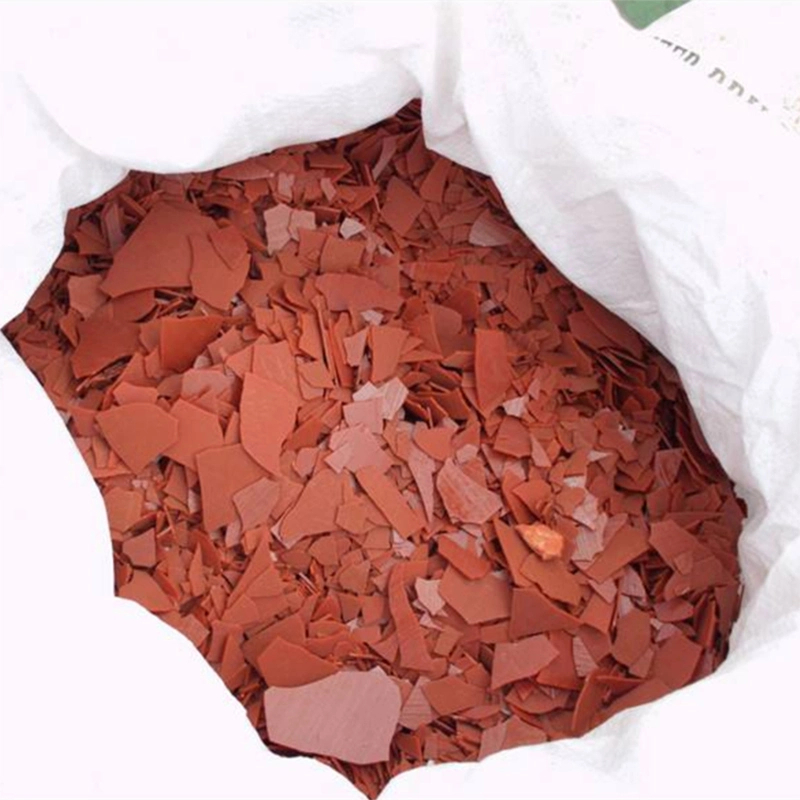



Advantages of Polyacrylamide Over Agarose in Gel Electrophoresis
Polyacrylamide and agarose are two commonly used gel matrices in various biochemical and molecular biology applications. Both have unique properties that make them suitable for different purposes, but polyacrylamide has certain advantages that often make it the preferred choice for many researchers, particularly in the field of protein electrophoresis and nucleic acid separation.
Polyacrylamide and agarose are two commonly used gel matrices in various biochemical and molecular biology applications
. Both have unique properties that make them suitable for different purposes, but polyacrylamide has certain advantages that often make it the preferred choice for many researchers, particularly in the field of protein electrophoresis and nucleic acid separation.Another significant advantage of polyacrylamide is its resolution capabilities. Polyacrylamide gels can provide superior resolution for small molecular weight proteins (typically below 100 kDa) compared to agarose gels. This is particularly beneficial in applications like SDS-PAGE (sodium dodecyl sulfate-polyacrylamide gel electrophoresis), where the goal is to achieve sharp and distinct bands for accurate size determination. Agarose gels tend to produce broader bands, which can compromise the resolution and clarity needed for precise analysis.
why is polyacrylamide used instead of agarose

Polyacrylamide also offers better mechanical stability under electrophoretic conditions. Once polymerized, polyacrylamide gels are more robust and can withstand the stresses of running higher voltages, which is essential for achieving faster electrophoresis times. This stability is particularly important in high-throughput applications where efficiency is key.
However, it's essential to note that polyacrylamide gels are more toxic than agarose gels, as the components used in polyacrylamide gel preparation can be harmful. Therefore, adequate safety measures must be taken when handling polyacrylamide solutions. In addition, agarose gels are often preferred for applications requiring minimal modification, such as DNA fragment analysis or size selection from complex mixtures, due to their ease of use and non-toxic nature.
In conclusion, the choice between polyacrylamide and agarose largely depends on the specific requirements of the experiment. Polyacrylamide is generally preferred for its versatility, superior resolution for small molecules, and mechanical stability, making it an excellent choice for protein analysis and small fragment separation. Agarose, while excellent for larger biomolecules, may not provide the same level of detail or flexibility in pore size, leading researchers to choose polyacrylamide for more precise applications. Ultimately, both gels have their place in the laboratory, and the selection will depend on the particular goals of the research.
-
Sodium Chlorite Hot UsesNewsJul.01,2025
-
Sodium Chlorate ApplicationsNewsJul.01,2025
-
Smart Use Of Sodium ChloriteNewsJul.01,2025
-
Power Of Sodium BisulfateNewsJul.01,2025
-
Potassium Monopersulphate & Sodium Chlorite: Key to Effective Cleaning SolutionsNewsJul.01,2025
-
Pool Water Treatment GuideNewsJul.01,2025
-
Why Strontium Carbonate Still MattersNewsJun.06,2025










